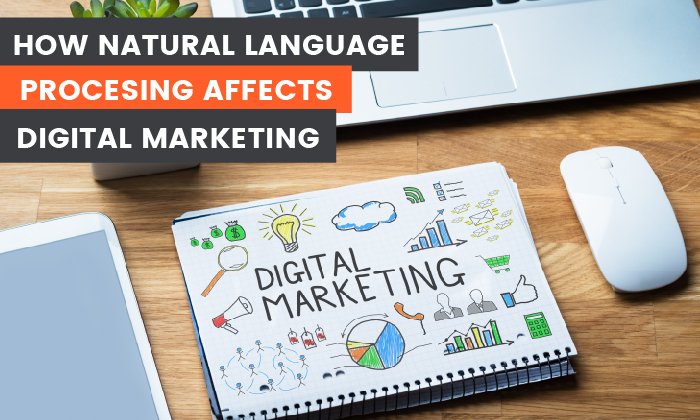How to Leverage Sensory Language in Your Blog Posts [Data + Expert Tips]
By jfuchs@hubspot.com (Jay Fuchs)
Check this out:
“You’re sitting in the creaky, mesh-backed, black ergonomic desk chair you bought at a discount off Amazon — hunched over, eyes reluctantly wide open, staring intently at a dimly lit laptop screen bearing a blank document.
It’s 4:45 PM. For most of the day, you’ve heard hardly anything except for the occasional click-clack of keys to commit some fruitless inspiration to your blog post and the intermittent spells of grating silence that came after deleting everything you jotted down.
The lasting taste of the coffee you drank about two hours earlier has gone sour but still coats your tongue and the roof of your mouth. And you can feel the effects of the caffeine slowly waning. Subtle muscle fatigue is setting in. Your eyelids are heavy and it’s a struggle in and of itself to keep them from covering your aching, weary eyes.
Your mind has gone stagnant — trapped in the clutches of what’s most commonly known as writer’s block.”
Now, I like to think that passage was vivid and immersive, and that’s mostly a credit to the kind of language I used and the personal sensations I played on — specifically how it described the sensory experiences of the subject matter.
That language is most commonly known as sensory language, and it’s a powerful resource for any writer to understand and apply. Here, we’ll cover what sensory language is, review some of the data surrounding it, and go over how you can use it in your blog posts.
Sensory language is used to describe the five primary senses — touch, sight, sound, smell, and taste. They’re most commonly used to convey the specific details of scenes or add a more imaginative element to concept descriptions.
Sensory language is most commonly associated with literature. It’s a central component of most fiction and poetry, but that doesn’t mean this kind of vocabulary is exclusively artistic in its application. Marketers stand to gain a lot from understanding how to leverage it as well.
Let’s take a look at some of the data on sensory language to get a better picture of why it’s effective and how to apply it.
What Data Says About Sensory Language
Our day-to-day experiences are multisensory, but that’s hard to capture linguistically.
A 2012 study from Charles Spence, published in Science Direct, established that “most of our everyday experiences are multisensory.” Very rarely — if ever at all — are our senses siloed when we perceive the world around us.
That said, the English language is limited in its ability to capture that phenomenon and general sensory overlap. In his book Sensory Linguistics: Language, Perception, and Metaphor, linguist Bodo Winter, explains those limitations by describing the experience of eating Kimchi.
He says, “The experience involves the salty and spicy mélange of pepper and garlic notes that excite the taste buds, on top of the fermented smell, the tingly mouthfeel, and the crunchy chewing sound.”
Though …read more
Source:: HubSpot Blog








